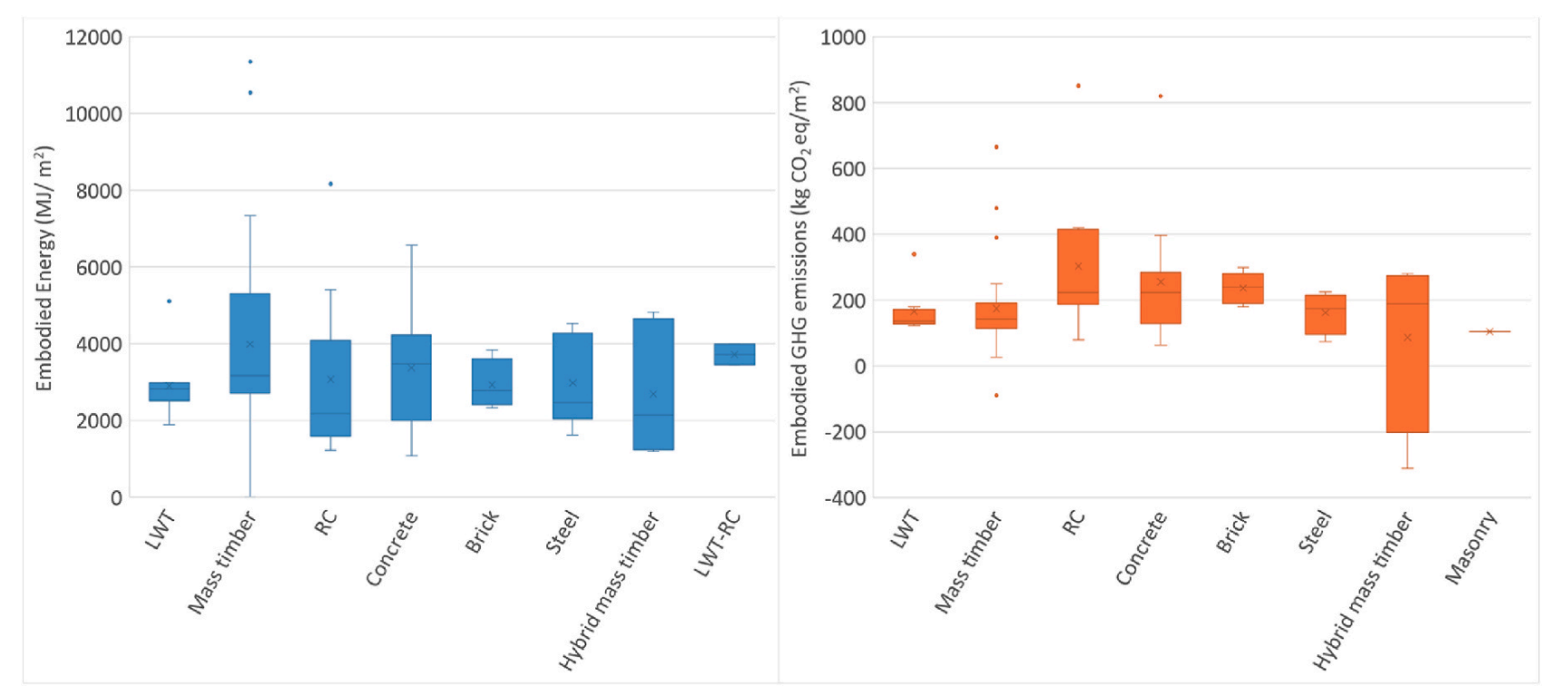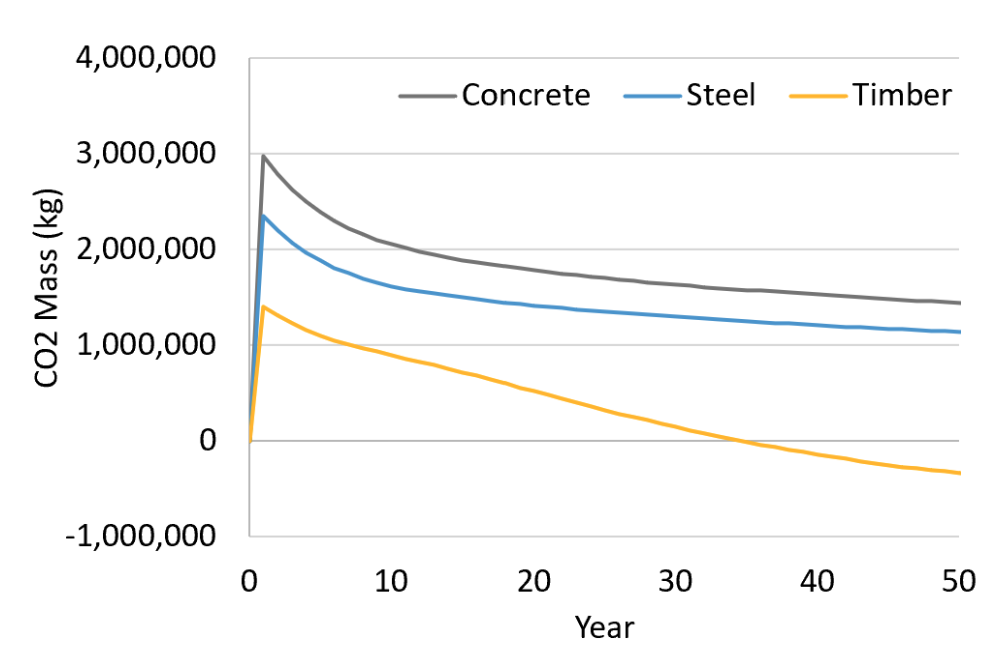Person Spotlight
Timber Construction: Discussing Challenges and Opportunities in Hong Kong

Prof. Pan, an Assistant Professor of structural, timber, and earthquake engineering at HKUST’s Civil and Environmental Engineering (CIVL) Department
Timber construction is gaining attention as a sustainable alternative to traditional building structure materials like concrete and steel. In our interview with Prof. Pan, an Assistant Professor of structural, timber, and earthquake engineering at HKUST’s Civil and Environmental Engineering (CIVL) Department, we discussed potential opportunities in the Hong Kong market.
Mass timber products, notably cross-laminated timber (CLT), have gained immense popularity in high-rise construction due to their stability, load resistance, and ease of assembly, making it an ideal candidate for modular construction to address urgent housing needs. However, the major drive for its popularity is its potential for carbon sequestration.1 Prof. Pan stated that a sustainably managed forest can not only thin out diseased and weakened trees which enhances wildfire resilience, the carbon sequestered in timber after harvesting can also be counted towards the calculation of embodied carbon during Life Cycle Assessment (LCA). A research group from Tianjin University reviewing a variety of LCA studies around mass timber construction reported that on average the embodied greenhouse gas (GHG) emissions of CLT buildings are 43% lower than those of reinforced concrete buildings, showcasing its benefits for the climate (Figure. 1).2

Figure 1. Embodied energy and embodied GHG emissions comparison between mass timber alternatives and RC buildings.2

Figure 2. Whole-life carbon assessment: comparison of a concrete, steel and timber building structure.3
While mass timber presents numerous benefits, challenges remain in the Hong Kong. Fire resistance is often mentioned as a significant concern. However, timber's natural properties actually provide a high durability against fire by creating a protective charring layer that slows down combustion and delays the transfer of heat.3 Due to timber’s biodegradability, its sensitivity to humidity, UV exposure, and insect damage are also main concerns to be addressed. Prof. Pan mentioned that integrating timber into non-exposed areas with shading structures, utilizing advanced coating, and implementing regular maintenance regimen are effective practices to extend its lifespan.
The net-zero calculation focuses on the fact that trees absorb atmospheric CO2 during their lifespans. If this CO2 remains in a form of timber that can be incorporated into a building structure, then the CO2 is effectively “trapped” and prevented from escaping back to the atmosphere. While structural wood can be a net-negative CO2 emissions resource, the transport and other industrial processes involved in engineering the wood can reduce some of the benefits. All in ever, the net benefits in carbon reduction remain positive.
As China, Indonesia and Malaysia rapidly grow their forest industry and upskill their mass timber manufacturing, they might serve as a significant supply chain to Hong Kong, reducing transportation distance and carbon emission. To reduce waste from production, Canada for instance, repurposes waste wood into composite panels for life frame construction, reducing emission from burning or decomposition of waste wood on site. Among various topics around challenges and opportunities for timber and hybrid buildings, technologies to enhance mass-timber long-term durability will be addressed in an upcoming workshop organized by Prof Pan.
In Hong Kong, the opportunities for timber construction are currently limited due to low industry interest and great uncertainty over the regulatory approval process. Prof. Pan emphasized that policy-driven initiatives, such as embodied and operational carbon regulations and government’s support for development and collaboration with industry, can pave the way for the adoption of timber construction in Hong Kong.
References:
1 Timber and carbon sequestration. The Institution of Structural Engineers. January 2021.
2 Zhuocheng Duan, Qiong Huang, Qi Zhang (2022): Life cycle assessment of mass timber construction: A review. Building and Environment. https://doi.org/10.1016/j.buildenv.2022.109320.
3 Hawkins, Will, Samuel Cooper, Stephen Allen, Jonathan Roynon, and Tim Ibell. 2021. Dataset for "Rational whole-life carbon assessment using a dynamic climate model: Comparison of a concrete, steel and timber building structure”. Bath: University of Bath Research Data Archive. https://doi.org/10.15125/BATH-00908.